By Al Hemingway
It was dubbed “the century’s nastiest little war” by celebrated military historian S.L.A. Marshall. The conflict to which he was referring was the Korean War, a war fought, as Secretary of State Dean Acheson observed, in the worst possible location. That location, the Korean peninsula, hangs like a swollen thumb from the Asian mainland. Unforgiving terrain, much of it mountains and rice paddies, combined with cruel, harsh winters during which temperatures routinely plunge to a bone-chilling 20 to 30 degrees below zero, made a land war in Korea an infantryman’s worst nightmare. But that was where the United States reluctantly found itself in the summer of 1950, when North Korea launched a devastating and unexpected invasion of South Korea.
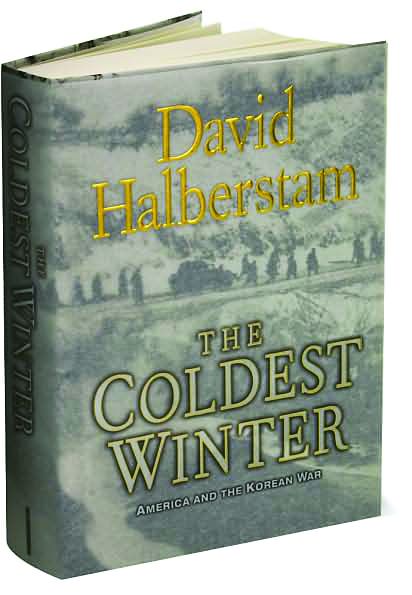 In the beginning, the United States was woefully unprepared for the conflict. Korea had not even been included in the nation’s Asian defense plan. The only troops stationed in the country at the time were a comparative handful of 500 military advisers. Together with their ill-trained Republic of Korea (ROK) troops, the American forces could not stem the tide of the North Korean Peoples Army (NKPA), when seven divisions of Communist troops came storming across the border between the north and south on June 25, 1950.
In the beginning, the United States was woefully unprepared for the conflict. Korea had not even been included in the nation’s Asian defense plan. The only troops stationed in the country at the time were a comparative handful of 500 military advisers. Together with their ill-trained Republic of Korea (ROK) troops, the American forces could not stem the tide of the North Korean Peoples Army (NKPA), when seven divisions of Communist troops came storming across the border between the north and south on June 25, 1950.
In his new, and regrettably last, book, The Coldest Winter: America and the Korean War (Hyperion Books, New York, 2007, 736 pp., photographs, maps, index, notes, $35.00, hardcover), the late David Halberstam examines America’s “forgotten war” and the poor political and military leadership that caused the deaths of more than 30,000 servicemen during that three-year struggle to prevent South Korea from falling to the Communists.
To hold back the North Korean juggernaut, U.S. forces stationed in Japan were quickly dispatched to Korea. Unfortunately, these soldiers had been living a life of comparative luxury, where even a private could afford a maid to do his housework and laundry. Occupation duty in postwar Japan was a soldier’s dream, and scant attention was paid to military training. Even after the arrival of highly trained reinforcements, the 2nd Infantry Division and 1st Marine Provisional Brigade, the United States and South Korea found it exceedingly difficult to stem the Communist invasion. Something drastic had to be done.
General Douglas MacArthur, commander of United Nations forces in Korea, decided on a bold move: he would strike the enemy where he least expected it. MacArthur chose Inchon, a large seaport on Korea’s west coast. There was immediate opposition to the plan because of the terrible tides in the harbor, and other sites were recommended. In the end, however, the persuasive MacArthur won out, and Inchon became the site of a brilliant amphibious assault that quickly had the North Korean forces running back toward the border in full retreat.
Unfortunately, the euphoria surrounding the victory at Inchon was short-lived. China had been closely watching the events within its southern neighbor’s border and was making contingent plans to enter the war. Despite repeated warnings from reliable sources of a possible Chinese entry, MacArthur and his staff, safely tucked away in Tokyo with no real sense of what was transpiring on the battlefield, refused to believe the facts. As the UN forces pushed northward to the Yalu River during the terrible Korean winter, the Chinese sprung their trap, which resulted in one of the worst military defeats in American history.
Halberstam cleverly intertwines both the large and the small picture to give the reader a good understanding of the desperate situation at the time. He scrutinizes the strained relationship between President Harry Truman and MacArthur, and also goes into much detail on the loose alliance between Russian dictator Joseph Stalin, Chinese leader Mao Tse-tung and North Korea’s self-absorbed leader, Kim Il Sung. Halberstam regularly shifts attention to the men in the field, everyone from officers in top leadership positions to the lowliest enlisted men, who as always were pawns in the web of world politics and had to pay the heaviest price.
Halberstam suggests that not all the blame should be placed on MacArthur’s shoulders, even though the general’s arrogance, paranoia, and “holier than thou attitude” were certainly major factors in the rout at Yalu. Halberstam argues that the political players in Washington should also share some of the responsibility. They allowed MacArthur to send his troops northward without adequate lines of supply and communication to be slaughtered by massive Chinese divisions stationed there. As the author laments, such lack of foresight has been a much-repeated scenario since the end of World War II, particularly in Vietnam and Iraq, where intelligence data was purposely altered to provide a fraudulent reason for United States involvement in those countries.
As with all wars, it was the veteran who bore the brunt of the consequences, both physically and mentally, after Korea. As Halberstam writes, “This vast disconnect between those who fought and the people at home, the sense that no matter the bravery they showed, or the validity of their cause, the soldiers of Korea had been granted a kind of second-class status compared to that of the men who had fought in previous wars, led to a great deal of quiet—and enduring—bitterness.” It is much to be regretted that the talented writer and historian was fatally injured in an automobile wreck not long after completing this caustic and insightful book. It is a fitting legacy.
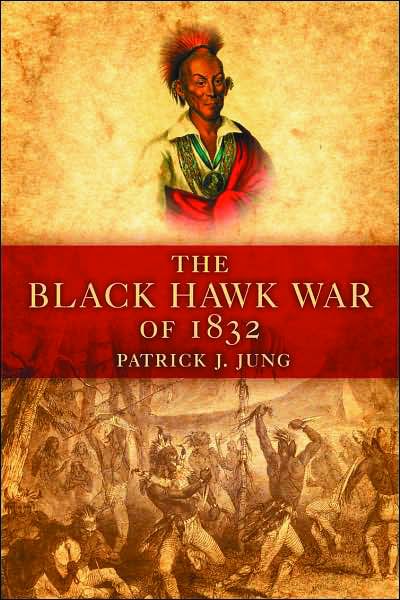 The Black Hawk War of 1832 by Patrick J. Jung, University of Oklahoma, Norman, OK, 2007, 288 pp., illustrations, maps, index, $29.95, hardcover.
The Black Hawk War of 1832 by Patrick J. Jung, University of Oklahoma, Norman, OK, 2007, 288 pp., illustrations, maps, index, $29.95, hardcover.
The period immediately following the end of the War of 1812 saw American expansion into the Old Northwest mushroom. Settlers, miners, and farmers pushed into Michigan, Iowa, Wisconsin, Illinois, and Indiana in ever-greater numbers in the hopes of carving out a new home and future for their families.
Indian tribes already occupying the land had a vastly different viewpoint from the white pioneers. The tribes, many of whom had fought with the British during the just-concluded war, were staunchly anti-American and understandably perceived the westward movement as a threat to their way of life. The closely allied Sauk and Fox tribes had legitimate concerns when dealing with the U.S. government. They had been swindled out of enormous swaths of land by signing treaties the tribal leaders did not fully understand.
One such leader, Black Hawk, attempted to create an alliance between his people, the Sauks, and the Fox clan. Although the two tribes had been enemies in the past, Black Hawk urged them to forget their differences and focus on the real threat facing them—the ever-growing number of Americans moving into their territory.
There were a multitude of reasons why the uprising failed, despite the incompetence of American military leaders conducting the campaign against Black Hawk. Jung does a masterful job in describing them in detail, particularly the intertribal rivalry and widespread racism against Native Americans who occupied the region.
In the end, the United States was victorious against Black Hawk’s band, winning a decisive battle against them at the mouth of the Bad Axe River on August 2, 1832. Black Hawk was imprisoned but eventually released, and later penned his autobiography. He died in 1838 and was buried in a uniform given to him by General Andrew Jackson—of all people.
The war promoted numerous political careers of several local politicians who later went on to become senators and governors. Zachary Taylor led troops in the campaign and would later be elected president, as would a young lawyer from Illinois who served as a volunteer captain in the conflict, Abraham Lincoln. Lincoln never saw any real action during the war, but to his dying day he remained inordinately proud of his fleeting military service.
The Black Hawk War of 1832 is an interesting book that sheds much-needed light on a turning point in our nation’s history. It would become a hallmark for future government and Indian relationships as the westward expansion continued and other Native American tribes would also attempt unsuccessfully to halt white advances onto their ancestral lands.
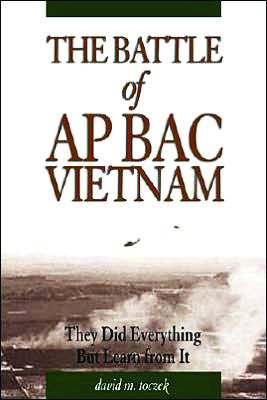 The Battle of Ap Bac Vietnam: They Did Everything But Learn From It by David M. Toczek, Naval Institute Press, Annapolis, MD, 2007, 185 pp., illustrations, maps, index, $19.95, softcover.
The Battle of Ap Bac Vietnam: They Did Everything But Learn From It by David M. Toczek, Naval Institute Press, Annapolis, MD, 2007, 185 pp., illustrations, maps, index, $19.95, softcover.
Although relatively small in comparison to other battles fought during the Vietnam War, Ap Bac nonetheless holds valuable lessons that were not heeded by most of the military and civilian leadership at the time. On January 2, 1963, the Army of the Republic of Vietnam (ARVN) met an entrenched enemy force near the village of Ap Bac, approximately 40 miles southwest of Saigon, the capital of South Vietnam. Despite their superior firepower and use of helicopters, the Communists delivered a devastating blow to the ARVN units, inflicting nearly 200 South Vietnamese casualties. The battle also resulted in three American advisers killed and another eight wounded. Five helicopters were destroyed in the battle.
Inspired by their stunning upset, the North Vietnamese immediately planned a full-scale invasion of the south. American advisers, with the notable exceptions of Lt. Col. John Paul Vann and Colonel Daniel Porter, the senior advisers for IV Corps, did not grasp the significance of the loss. The Communists were committed to total victory by employing what they termed dau tranh, or struggle. Hanoi not only used all military means, but also relied on its political clout worldwide by convincing other countries to empathize with their cause to unite the two Vietnams.
Only a few observers realized it at the time, but Ap Bac was a watershed moment in the Vietnam War. Most did not see the shortcomings within the South Vietnamese government and its military—shortcomings that had been highlighted at Ap Bac—and no concrete steps were taken to correct them. Unfortunately, the little battle would prove a harbinger of the much larger, catastrophic events that would follow, culminating in the collapse of South Vietnam in 1975.
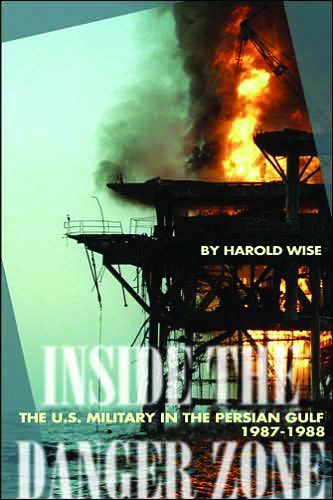 Inside the Danger Zone: The U.S. Military in the Persian Gulf 1987-1988 by Harold Lee Wise, Naval Institute Press, Annapolis, MD, 2007, 272 pp., photos, index, $36.95, hardcover.
Inside the Danger Zone: The U.S. Military in the Persian Gulf 1987-1988 by Harold Lee Wise, Naval Institute Press, Annapolis, MD, 2007, 272 pp., photos, index, $36.95, hardcover.
On May 17, 1987, an Iranian fighter jet fired two Exocet missiles at the USS Stark, an American Navy frigate in the Persian Gulf. The projectiles scored direct hits that resulted in the deaths of 37 seamen and the wounding of 21 others. The unprovoked attack, which Iran claimed was a tragic mistake, sparked a series of military actions that almost resulted in war between the two countries.
Wise’s book takes a look at the different operations conducted by the Navy and Marine Corps during the 18 months following the assault. Operation Earnest Will was the code name for the protection of Kuwaiti oil tankers from July 1987 until September 1988. It was the largest convoy mission since World War II. On October 19, 1987, while Operation Nimble Archer swung into action, U.S. aircraft razed several Iranian oil platforms. It was in direct response to the destruction of a Kuwaiti vessel by an Iranian Silkworm missile a few days earlier. Operation Praying Mantis, in April 1988, the biggest sea battle since World War II, saw American warships sink a pair of Iranian ships and a half dozen armed speedboats. In addition, the engagement was significant for being the first time that the U.S. Navy engaged an enemy using surface-to-surface missiles.
The book mixes official reports with many firsthand accounts of participants in the various operations. It is an absorbing account of a pivotal era in our history that would see a striking buildup of military forces in the tumultuous region and would help define our relationships with numerous Middle Eastern countries, including Iran’s ancient enemy, Iraq.
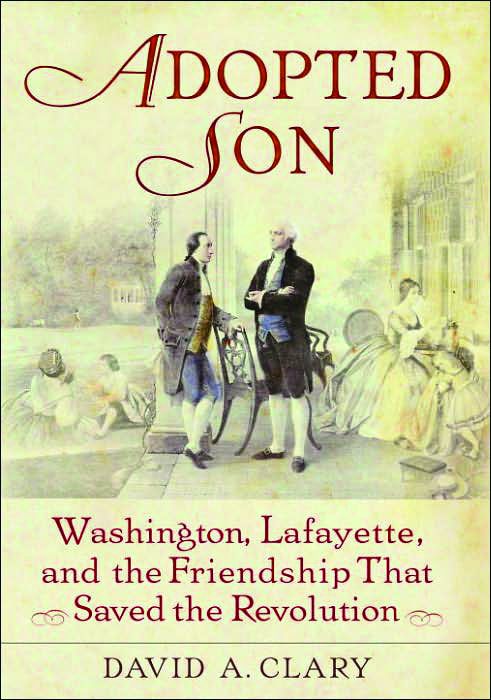 Adopted Son: Washington, Lafayette, and the Friendship That Saved the Revolution by David A. Clary, Bantam Books, New York, 2007, 564 pp., illustrations, maps, index, $27.00, hardcover.
Adopted Son: Washington, Lafayette, and the Friendship That Saved the Revolution by David A. Clary, Bantam Books, New York, 2007, 564 pp., illustrations, maps, index, $27.00, hardcover.
Outspoken, defiant, and perhaps a bit spoiled, the Marquis de Lafayette was enthralled by the American struggle for independence against Great Britain. With thoughts of glory and battlefield honors filling his head, the young Frenchman traveled to America to offer his services to the hard-pressed colonists. Although still only 19 years old, he had joined the French Army at 14 and had gained some valuable experience leading troops in battle.
In the late summer of 1777, Lafayette had the good fortune to meet General George Washington, and the pair forged a friendship that would endure their entire lives. Washington was childless and Lafayette had lost his father, mother, and grandfather at an early age, and the rebellious young lad clearly looked upon the elder Washington as a surrogate father.
Throughout the long, hard struggle to gain American freedom from England, the two men cemented their relationship. Although Lafayette could be brash at times, Washington realized that he was a competent commander who possessed good leadership qualities. Lafayette later attempted to model the French Revolution after the one the Americans had conducted so successfully, but he failed. Lafayette eventually toured the United States for many years, only to find that many Americans had forgotten his contributions and that he had “faded into the mist.” Without Lafayette’s significant influence, however, the fledgling United States may not have been victorious in its revolution. And for that, he should never be forgotten.
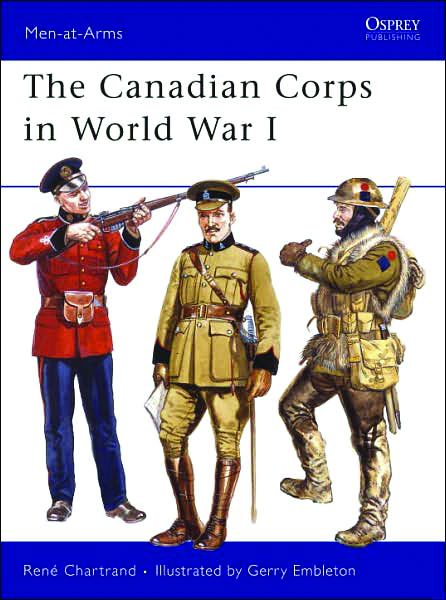 The Canadian Corps in World War I by Rene Chartand, Osprey Publishing, New York, New York, 2007, 49 pp., photos, illustrations, index, $15.95, softcover.
The Canadian Corps in World War I by Rene Chartand, Osprey Publishing, New York, New York, 2007, 49 pp., photos, illustrations, index, $15.95, softcover.
Another little gem in Osprey’s continuing Men-at-Arms series, The Canadian Corps in World War I gives a good synopsis of the Canadian Army’s contribution to the war effort from 1914 until the end of hostilities in November 1918. Four divisions ultimately served on the Western Front and fought in some of the conflict’s bloodiest battles, including the Ypres Salient, the Somme, and Vimy Ridge. It was Canadian forces who first encountered the mustard gas used by the German Army to inflict numerous casualties on the Allies. Canadian Corps commander Sir Arthur Currie commented, “[We would] never forget that gas at the second battle of Ypres, and we never let [the enemy)] forget it either.”
As with all the Osprey publications, this one is full of great photos, a list of all the units and their rank insignia, and wonderfully detailed color drawings that depict the uniforms of the various Canadian soldiers, sailors, airmen and nurses.
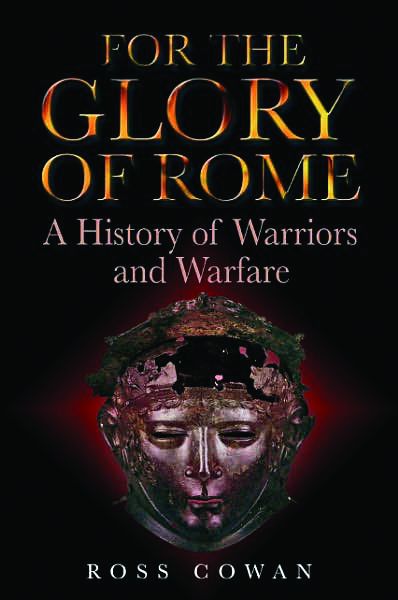 For the Glory of Rome: A History of Warriors and Warfare by Ross Cowan, MBI Publishing, St. Paul, MN, 2007, 287 pp., illustrations, index, 39.95, hardcover.
For the Glory of Rome: A History of Warriors and Warfare by Ross Cowan, MBI Publishing, St. Paul, MN, 2007, 287 pp., illustrations, index, 39.95, hardcover.
The Roman legions were justly feared and respected in the ancient world. The fighting prowess of the individual Roman soldier is underscored by the many victories and spoils of war the legions garnered through the centuries. In this new offering, Scottish author Ross Cowan gives the reader an insight into the tactics employed by the Roman Army and also pays tribute to some of its individual warriors.
One such warrior, Quintus Sertorius, was a Roman statesman and general who served in numerous campaigns. During one of his expeditions, Quintus sustained a serious injury and he lost an eye. This did not discourage him, however—quite the contrary. He used his wound as a “mark of valor” and successfully ran for public office. Another Roman warrior was Consul Servilius Geminus Pulex, who once fought more than 20 enemy soldiers single-handedly and emerged victorious.
The reader will come away with a new appreciation for the Roman soldiers’ passion for individual combat, their unyielding belief in their gods, and the two overarching concepts by which they lived and died: loyalty and honor.
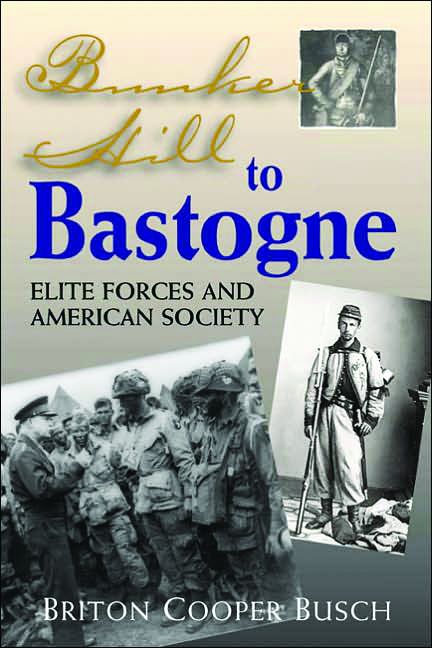 Bunker Hill to Bastogne: Elite Forces and American Society by Briton Cooper Busch, Potomac Books, Dulles, VA, 2007, 304 pp., photos, index, $18.95, softcover.
Bunker Hill to Bastogne: Elite Forces and American Society by Briton Cooper Busch, Potomac Books, Dulles, VA, 2007, 304 pp., photos, index, $18.95, softcover.
Since the beginning of our country’s history, specialized units have been formed to meet the unique demands of any given conflict. Sharpshooters during the Civil War, paratroopers in World War II, and Navy SEALs, Green Berets, and Marine Recon outfits in modern times have provided valuable intelligence during America’s ongoing conflicts.
Author Busch traces the lineage of elite forces back to pre-Revolutionary War America and the formation of Roger’s Rangers during the French and Indian War. The organization of such elite units, however, was slow in coming. The same democratic process that hammered out independence from Great Britain prevented the founding fathers from creating such elite military commands.
Once created, however, the famed military units have come to be admired and even adored by the American people. From Robert Rogers’ buckskin-clad Rangers to the present-day Airborne battalions, such units have enjoyed a certain mystique that has made them an important part of our military heritage.
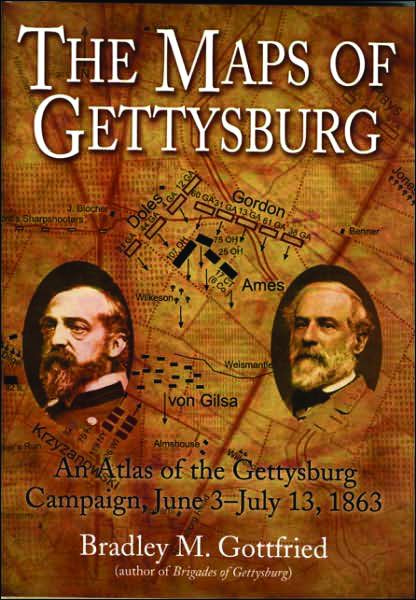 The Maps of Gettysburg: An Atlas of the Gettysburg Campaign, June 3-July 13, 1863 by Bradley M. Gottfried, Savas Beatie, New York, 2007, 363 pp., maps, index, $39.95, hardcover.
The Maps of Gettysburg: An Atlas of the Gettysburg Campaign, June 3-July 13, 1863 by Bradley M. Gottfried, Savas Beatie, New York, 2007, 363 pp., maps, index, $39.95, hardcover.
Just when you think there could never be another book written on the horrific three-day Battle of Gettysburg, another entry comes along. This publication, however, is quite unique. It offers the Civil War buff a comprehensive set of maps focusing on the prelude to the campaign, the actual battle, and the subsequent retreat of General Robert E. Lee’s forces to their northern Virginia sanctuaries.
The author has compiled a set that includes an amazing 144 detailed, full-page maps. These include the controversial ride by Maj. Gen. J.E.B. Stuart that resulted in his notable absence from the battlefield for the first two days of the fighting when he encountered Union cavalry at Stephenson’s Depot and Winchester. The Wheatfield, Little Round Top, and the Peach Orchard are covered, as are the lesser-known engagements at Cavalry Field. Lastly, maps depicting Lee’s withdrawal from Gettysburg are included.
In addition to the large collection of maps, the order of battle for both Confederate and Union Army units that participated in the fighting is listed in the book as well. The atlas, in particular, will prove invaluable when studying Lee’s second incursion into the North, an invasion that can be quite complex and difficult to understand, even for the most astute students of our nation’s bloodiest conflict.
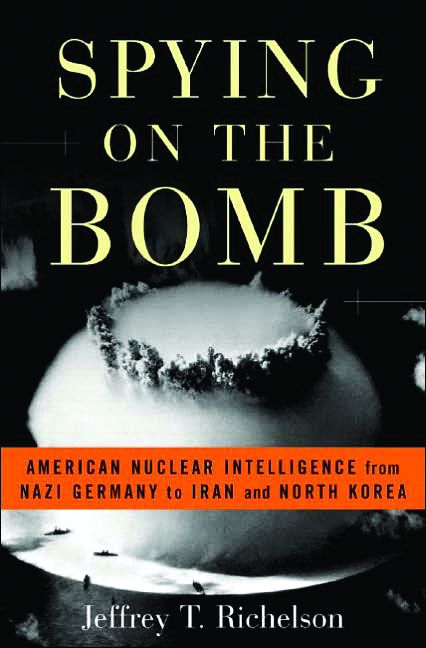 Spying on the Bomb: American Nuclear Intelligence from Nazi Germany to Iran and North Korea by Jeffrey T. Richelson, W.W. Norton & Co., New York, 2007, 734 pp., photos, index, $17.95, paperback.
Spying on the Bomb: American Nuclear Intelligence from Nazi Germany to Iran and North Korea by Jeffrey T. Richelson, W.W. Norton & Co., New York, 2007, 734 pp., photos, index, $17.95, paperback.
The value of accurate and timely intelligence on the activities of one’s enemies cannot be overstated. Nuclear weapons in the wrong hands could prove to be apocalyptic. Since the end of World War II and the dawn of the nuclear age, the United States has understandably kept a watchful eye on the development of nuclear weapons, especially in unpredictable and unstable Third World nations.
Author Jeffrey Richelson has written extensively on various aspects of the intelligence community, and his new offering sheds light on the importance of obtaining precise data on the nuclear capabilities of other counties around the globe. The book is well-timed since Iran and North Korea have taken steps to enter the nuclear community and could pose a threat to world peace. Spying on the Bomb is a must-read for those seeking answers to the vital questions concerning our own nation’s continuing efforts to monitor such activity. It is not too much to say that our very existence depends upon it.
 Alexander the Great Failure: The Collapse of the Macedonian Empire by John D. Grainger, Continuum Books, London, 2008, 226 pp., index, $24.95, hardcover.
Alexander the Great Failure: The Collapse of the Macedonian Empire by John D. Grainger, Continuum Books, London, 2008, 226 pp., index, $24.95, hardcover.
Esteemed historian John D. Grainger gives the reader a provocative new account of the life of Alexander the Great, one of history’s greatest generals. With the untimely assassination of his father Philip II in 336 bc, Alexander acquired the throne and went on to achieve tremendous success in numerous military campaigns that expanded the Macedonian empire all the way to Persia. And all of this at the tender age of 25.
Grainger, however, examines Alexander’s vast kingdom after his death and gives good reason why it failed so miserably. For 50 years after Alexander’s demise, Macedonia was plunged into a bloody civil war because, according to the author, Alexander had not arranged for a competent successor to take the reins and govern responsibly after his death. “Alexander’s arrogance was largely responsible for his own premature death: and he was personally culpable for the failure of his imperial enterprise,” writes Grainger. “For Alexander was the king of a society where the king was absolutely central to the well-being of society as a whole. When the king failed, the Macedonian kingdom imploded, something which had happened every generation for two centuries before him, and happened again when he died.”
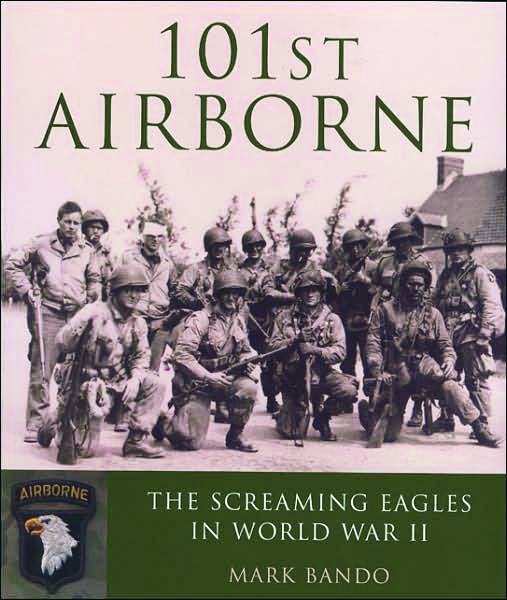 101st Airborne: The Screaming Eagles in World War II by Mark Bando, Zenith Press, 2007, 256 pp., photos, maps, index, $40.00, hardcover.
101st Airborne: The Screaming Eagles in World War II by Mark Bando, Zenith Press, 2007, 256 pp., photos, maps, index, $40.00, hardcover.
This is author Mark Bando’s fourth contribution to memorializing the service of the 101st Airborne Division and its tremendous combat record in World War II. The coffee table-size book is full of photographs that depict the division’s distinguished service from D-Day until war’s end the following May.
Bando covers the training, deployment, and campaigns of the “Screaming Eagles” during their time in Europe. He does a nice job of illuminating the official history of the unit with vignettes from the soldiers themselves. These personal stories add a touch of realism and bring the action to life for the reader, who comes away with a much better understanding of what the men endured. The author has paid a lasting tribute to the “epic warriors” of the 101st Airborne who, like so many others, were the “vanguard of freedom” for the United States during World War II.
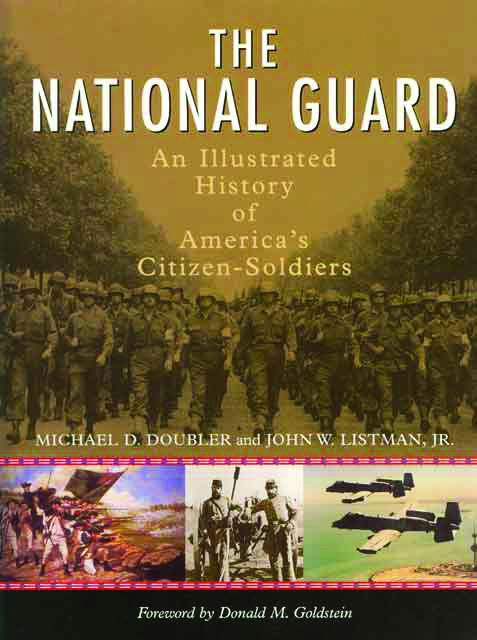 The National Guard: An Illustrated History of America’s Citizen-Soldiers by Michael D. Doubler and John W. Listman, Jr., Potomac Books, Inc., Washington, DC, 2007, 201 pp., photos, index, $19.95, softcover.
The National Guard: An Illustrated History of America’s Citizen-Soldiers by Michael D. Doubler and John W. Listman, Jr., Potomac Books, Inc., Washington, DC, 2007, 201 pp., photos, index, $19.95, softcover.
The National Guard, first organized in 1903 under the auspices of the Militia Act, can trace its beginnings back to the first settlers who stepped foot on American soil in the early 17th century. This proud organization has been involved in every military action since that time. Whether you refer to them as militia or volunteers, Guardsmen have been in the forefront of every effort to protect our freedom.
Although primarily a state force, the National Guard can be federalized during times of emergency. “From a ragtag militia hastily formed to combat warlike Indians in New England to today’s war on terrorism, the Guard has been there. From Valley Forge, to Shiloh, the Meuse-Argonne, Saipan, Kosovo, Iraq and Afghanistan, they have been an integral part of our armed forces. From the musket to the microprocessor, Guard soldiers and airmen have quickly adapted to the new weapons and tactics of warfare,” write the authors.
 The Flintlock: Its Origin, Development and Use by Torsten Lenk, Skyhorse Publishing, New York, 2007, 188 pp., photos, index, $19.95, softcover.
The Flintlock: Its Origin, Development and Use by Torsten Lenk, Skyhorse Publishing, New York, 2007, 188 pp., photos, index, $19.95, softcover.
Although first printed in Sweden in 1939, this book is worth reviewing because of its tremendous detail and vast knowledge of the flintlock musket. First introduced in 1630, the weapon soon became wildly popular and eventually replaced other firearms in use. For more than two centuries, the flintlock was a much-sought-after weapon, until the percussion cap and cartridge firearms appeared on the scene. Even during the Civil War, the Confederate Army still had thousands of flintlocks within their ranks.
Author Torsten Lenk, a noted firearms expert, let nothing escape his attention when he examined the use of flintlocks in his book. “Whether it be the top-jaw screw, the cock-screw or the spur on the front of the steel, the evolution of each one of these elements is pursued with untiring precision through each decade of the seventeenth century,” writes editor J.F. Hayward admiringly.
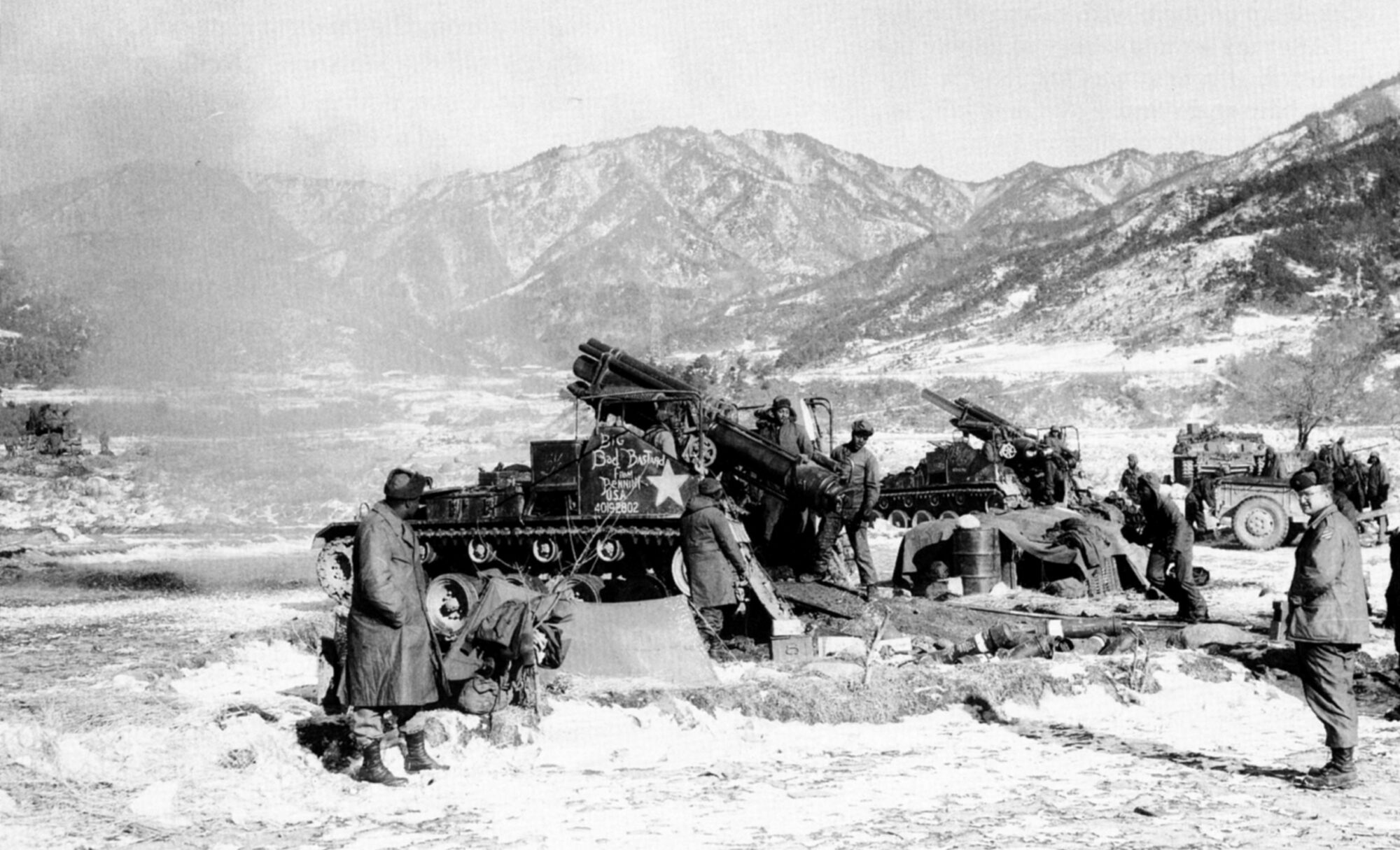
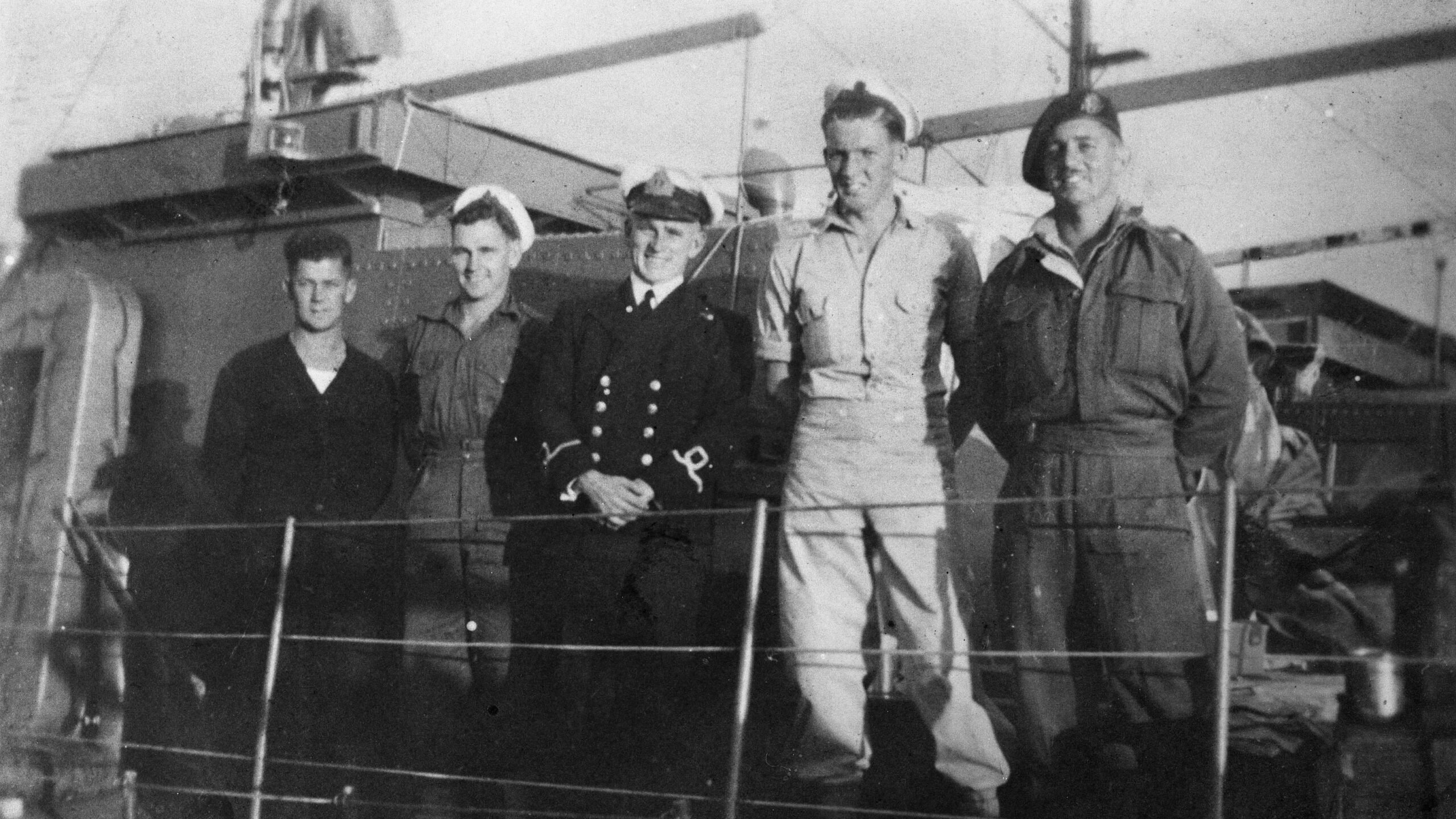
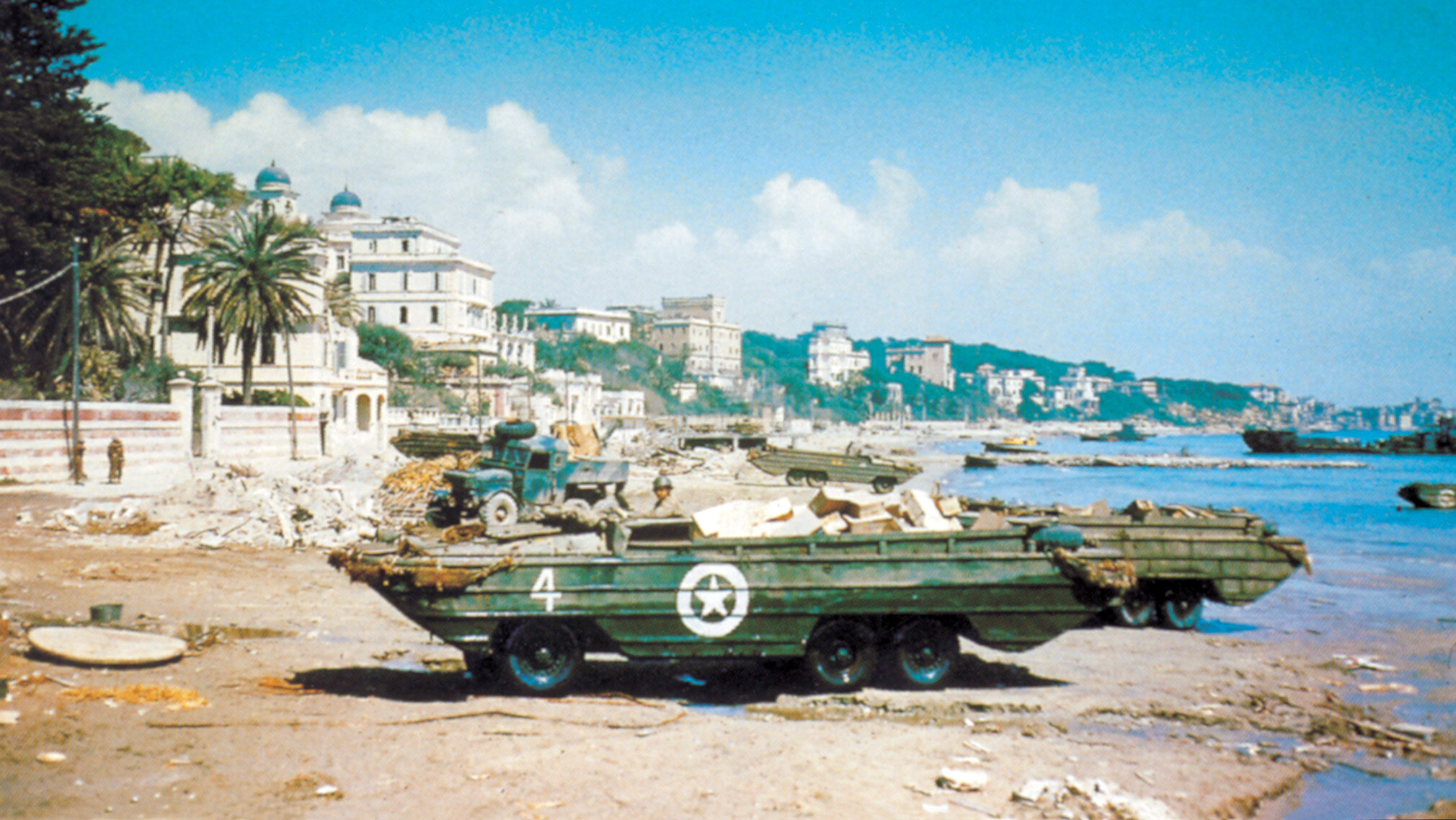
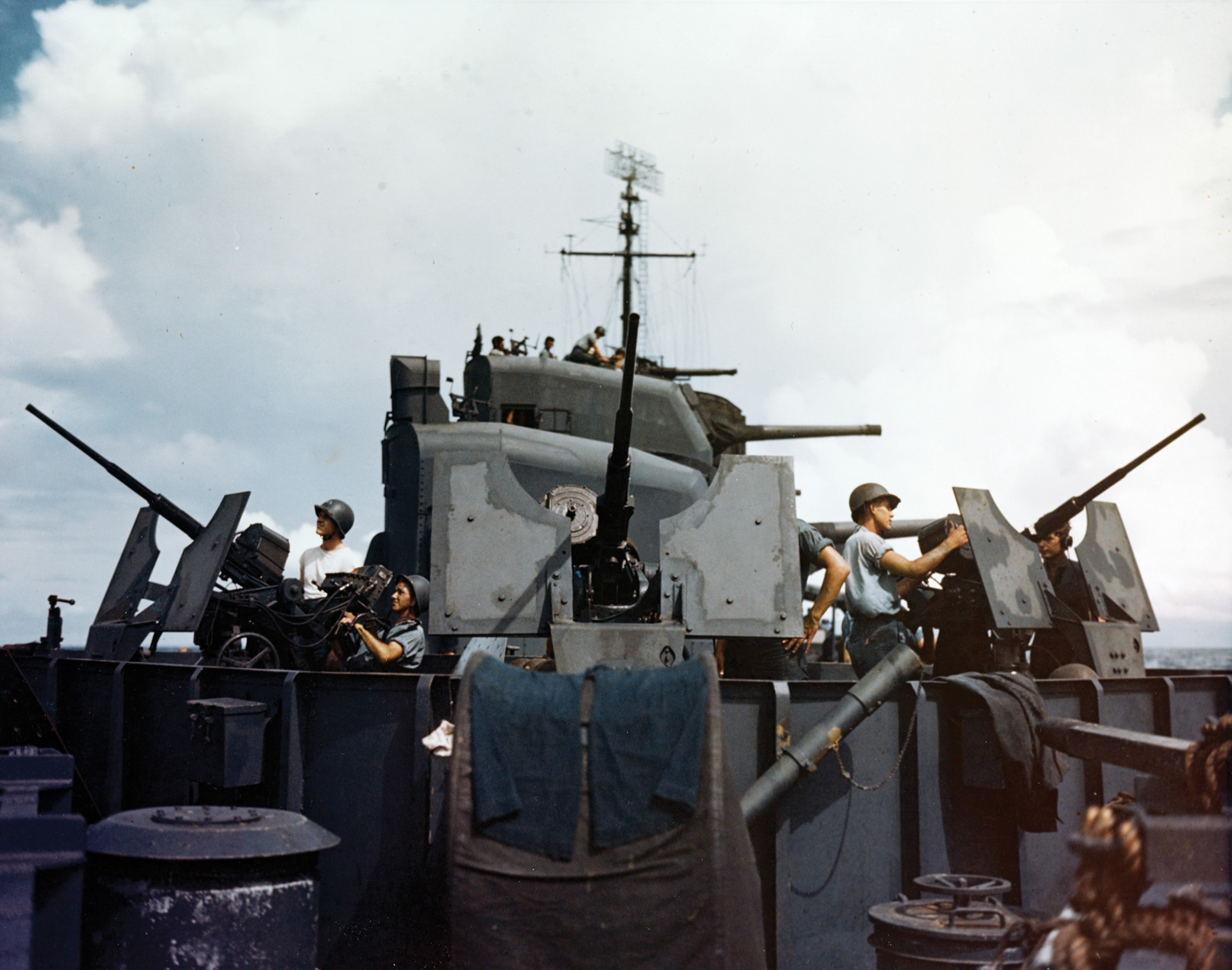
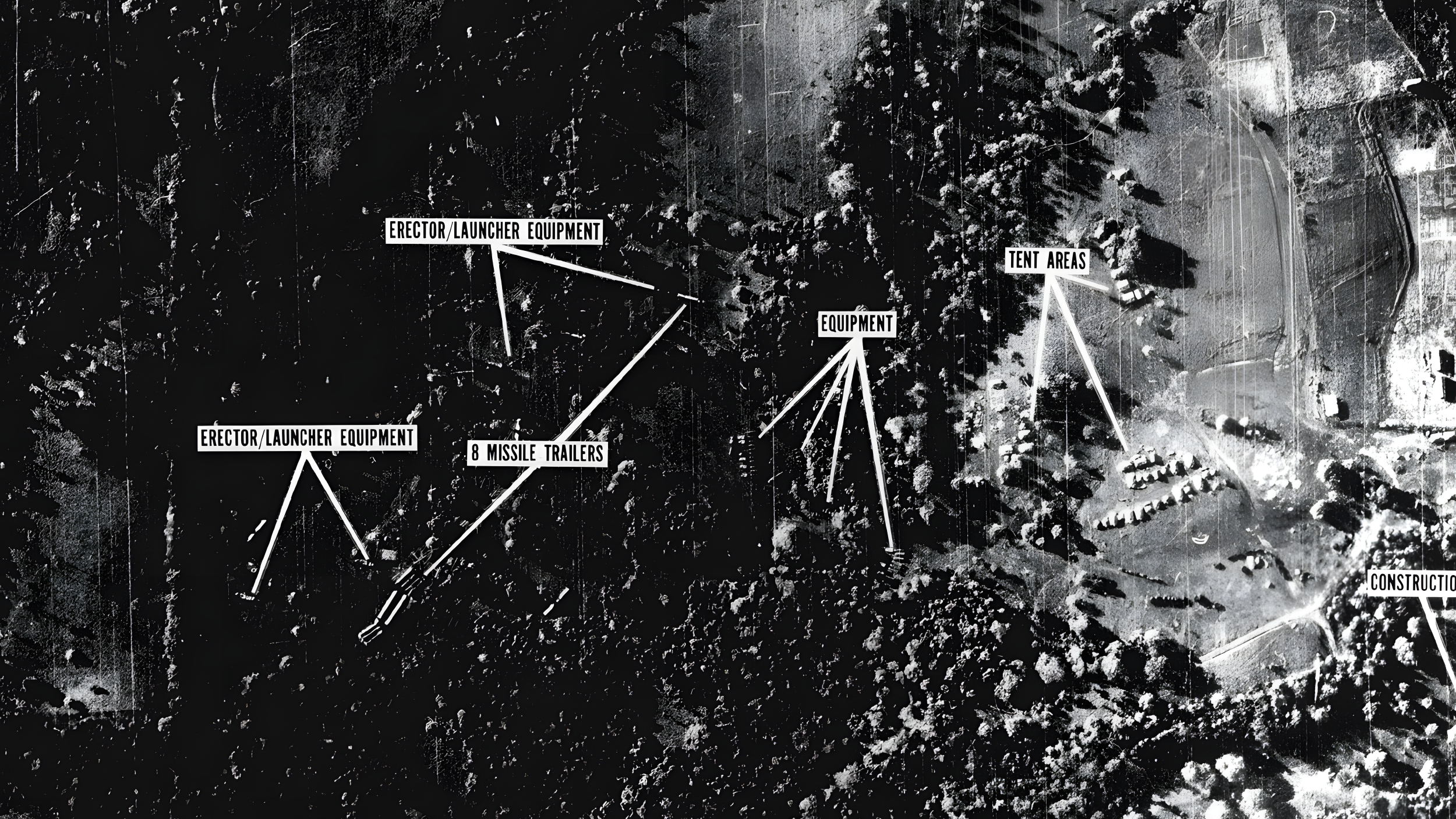
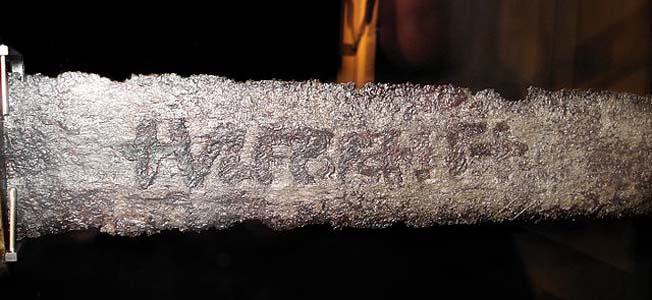
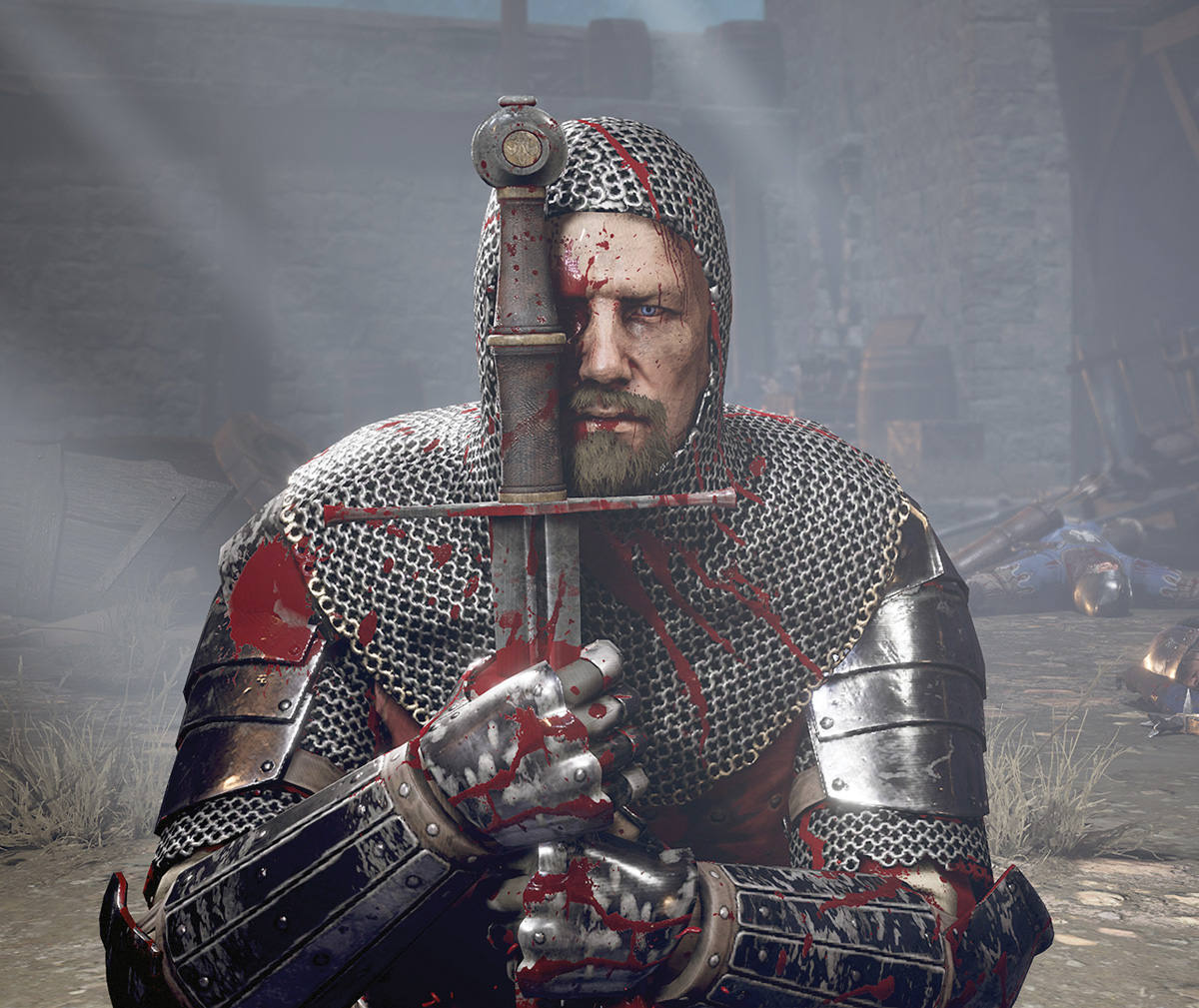
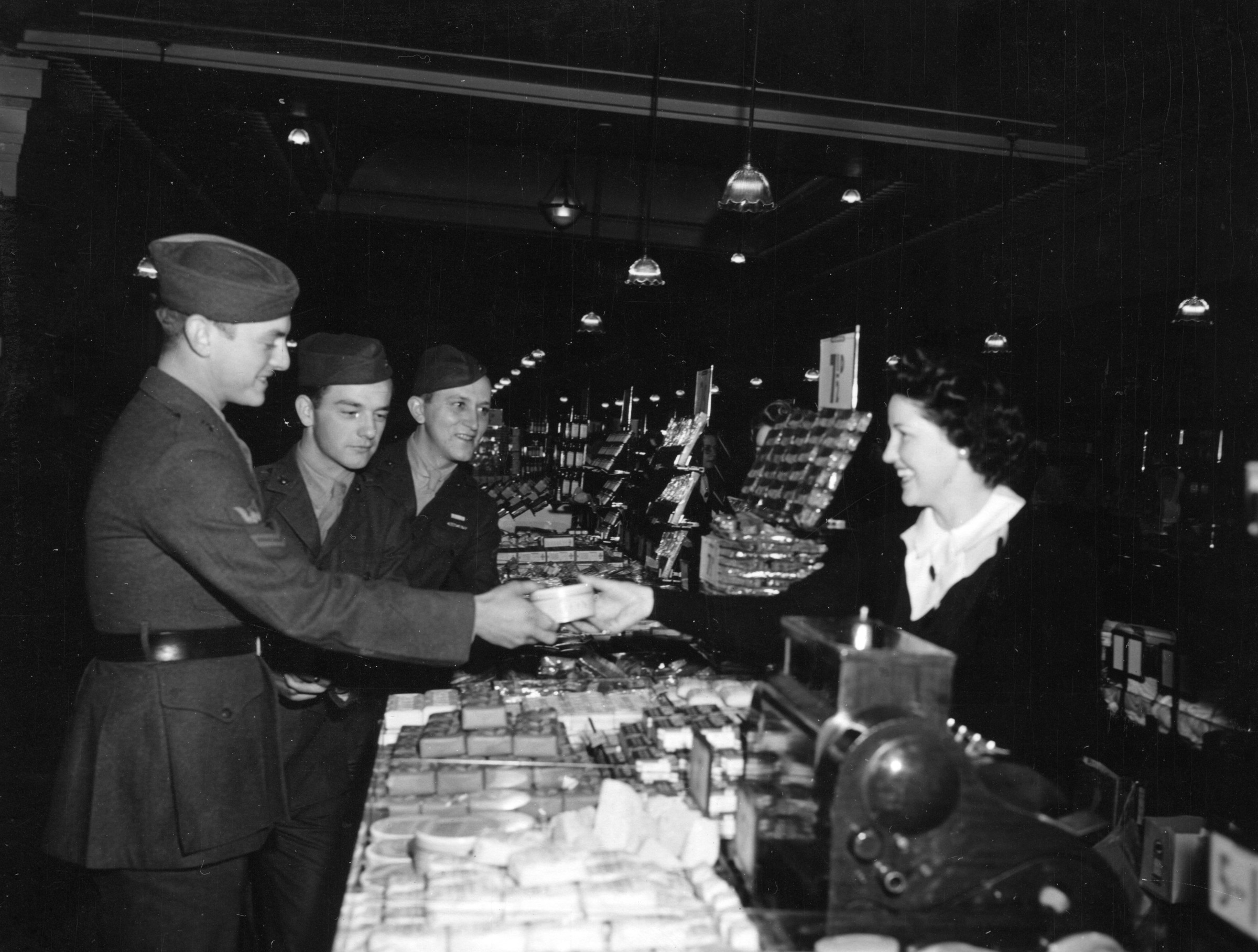
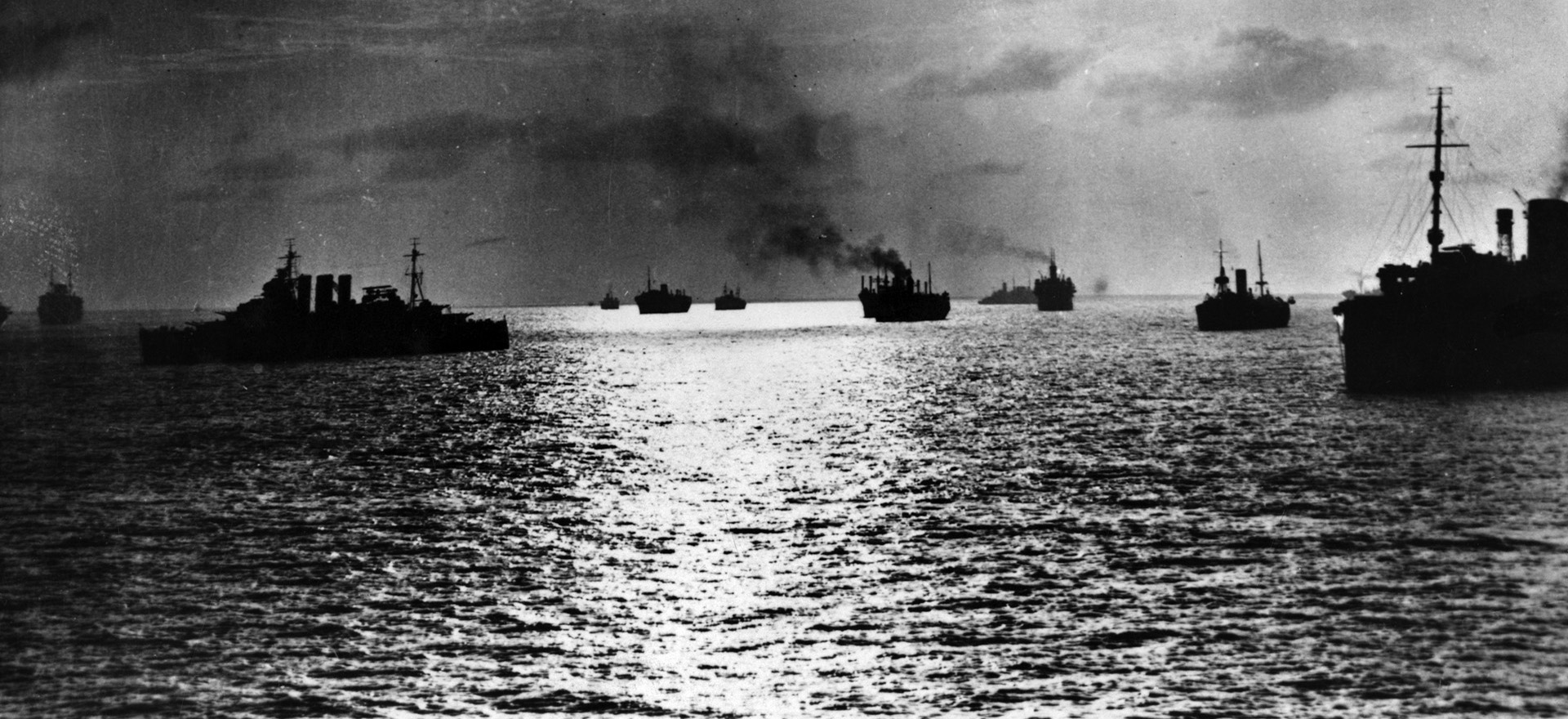
Join The Conversation
Comments
View All Comments